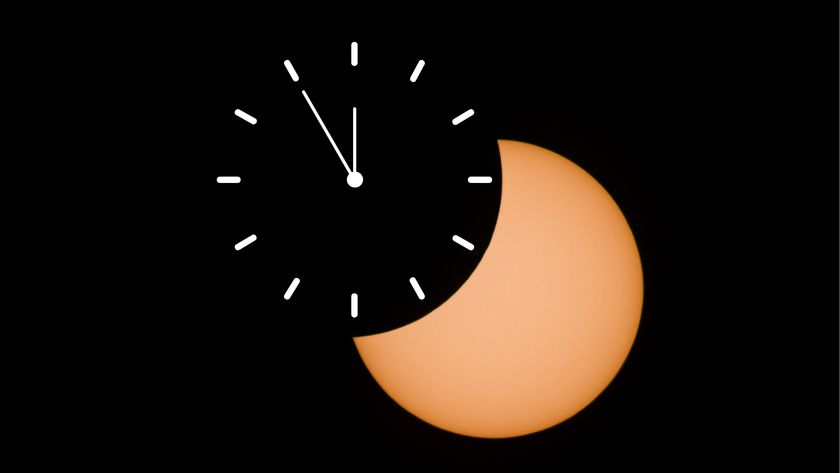Light-Years and Luminosity: Tarantula Nebula | Space Wallpaper

Some of the most enormous stars with the highest temps known call the Tarantula Nebula home. In 2009 Hubble snapped images of the star-forming region known also as 30 Doradus showing clouds of cosmic gas and dust and specifically the star cluster R136. The clouds have been shaped by wild winds in combination with ultraviolet radiation from these hot cluster stars. [See more images of the Tarantula Nebula.]
Join our Space Forums to keep talking space on the latest missions, night sky and more! And if you have a news tip, correction or comment, let us know at: community@space.com.
Get the Space.com Newsletter
Breaking space news, the latest updates on rocket launches, skywatching events and more!

Space.com is the premier source of space exploration, innovation and astronomy news, chronicling (and celebrating) humanity's ongoing expansion across the final frontier. Originally founded in 1999, Space.com is, and always has been, the passion of writers and editors who are space fans and also trained journalists. Our current news team consists of Editor-in-Chief Tariq Malik; Editor Hanneke Weitering, Senior Space Writer Mike Wall; Senior Writer Meghan Bartels; Senior Writer Chelsea Gohd, Senior Writer Tereza Pultarova and Staff Writer Alexander Cox, focusing on e-commerce. Senior Producer Steve Spaleta oversees our space videos, with Diana Whitcroft as our Social Media Editor.


